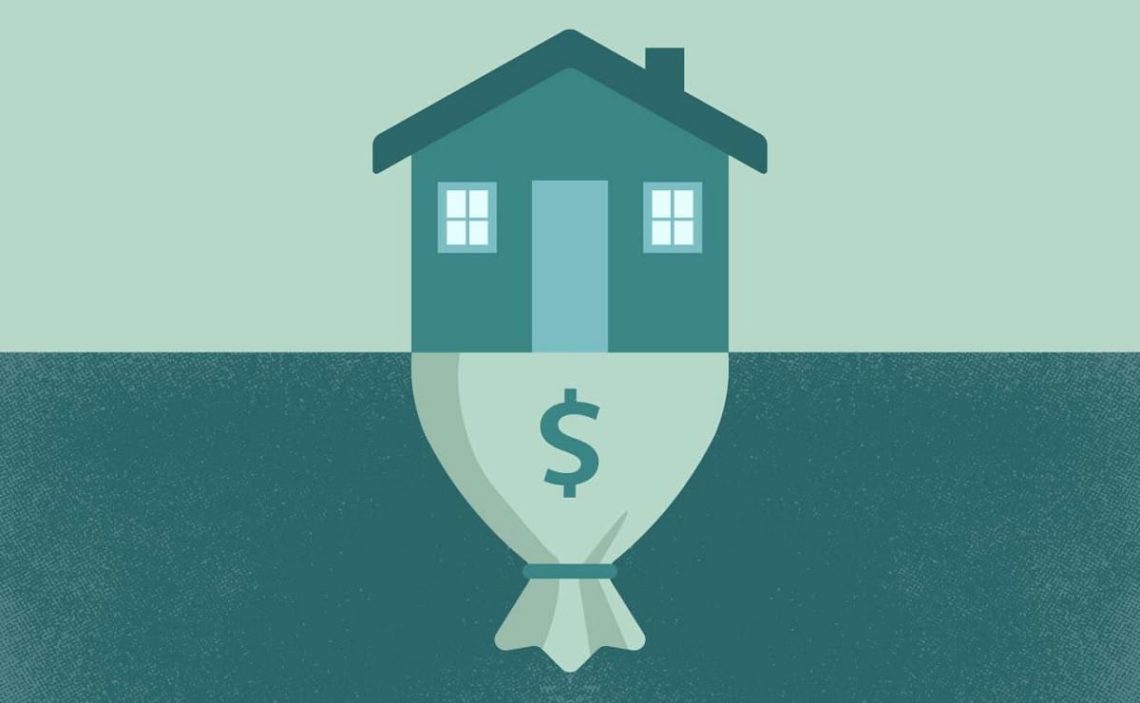Refinancing an existing mortgage for an amount equal to or less than the outstanding balance of the existing loan is called a cash-out refinance. It is done largely to reduce the loan interest rate and modify some mortgage terms.
A cash-out can be contrasted with a non-cash-out refinance, a rate, and a term refinance. The purpose of this option is to adjust the borrower’s interest rate and terms without having new cash advances.
What does no cash-out refinance mean?
Borrowers who want to modify the terms of a loan to their advantage can refinance it. Because of the variety of loans available and the benefits that can be received in various circumstances, refinancing mortgage loans is sometimes common.
Cash-out and non-cash-out loan refinances can generally be divided into two groups. In a cash-out refinance, the borrower increases the principal amount owed.
The borrower refinances only the principal debt or perhaps less in a cash-out refinance. A typical type of loan used in common mortgage refinancing arrangements is the cash-out refinance loan.
It focuses on increasing the interest rate to be paid by the borrower to reduce costs. It may also reduce or lengthen the loan term to better serve the borrower. Both cash-out and non-cash-out loans rely on the underlying real estate as collateral.
The balance paid, the home’s equity, and the current loan-to-value ratio can be important factors in deciding between options.
Because of existing equity, a borrower who has paid off a substantial portion of their mortgage may want to refinance into a cash-out loan. Refinancings cash out do not increase the payment or provide more money.
How a no cash-out refinance works
To better understand this, it is ideal to use an example; let’s say you bought the house four years ago, just at the time when local home prices and mortgage rates peaked.
To amortize the house as quickly as possible, you and your partner took out an ambitious 15-year loan. Unfortunately, your partner stopped working after becoming disabled.
In contrast to the recommended 28% rule, which states that your mortgage should be no more than 28% of your gross income, the current monthly mortgage amount equals 50% of your monthly payment.
Given the situation, neither can earn much more, at least not for a long time. In this situation, both people consider a no-disbursement refinancing.
They want to reduce the monthly mortgage payments cost, but they don’t want to put money in their pockets.
In this situation, you can drastically reduce those payments and move into a healthy range for your income by increasing the term of your loan from 15 to 30 years. If interest rates have dropped since you bought your home, you might consider a no-payment refinance.
Suppose you have spent $400,000 on the house. You are paying $1,621 per month in principal and interest with a 20% down payment, a 30-year term, and an interest rate of 4.50%, indicating that you will pay a total of $263,701 in interest over the life of the loan.
When should I choose this alternative?
The refinancing you choose is a crucial decision most borrowers should make in advance. The following situations suggest that opting for a cashless refinance would make the most sense:
It would help if you had a reduction in your interest rate
If you want to reduce your interest rate, lenders can tell you whether you qualify and whether you will save money on your mortgage payment each month. It is essential to communicate with lenders and raise the whole situation.
You would like to switch from a variable rate mortgage to a fixed rate loan
Especially in a low-rate environment, it may be a good idea to lock in a reasonable rate and avoid the risk of an ARM, one of the most common situations where the best course of action is to request this refinancing.
You want a reduction in the term of the loan
Moving from a 30-year loan to a shorter-term loan can be financially advantageous (such as a 20 or 15-year loan).
Since shorter-term mortgages often have lower interest rates, you may be able to save money over the life of the loan without significantly increasing your monthly payment.
Suppose you are saving for retirement and want to pay off your home quicker. A no-cash-out refinance may be a smart option in that situation. In some circumstances, you may want to switch from an FHA loan to a conventional loan instead of paying mortgage insurance.


